- Home
- Articles
- Architectural Portfolio
- Architectral Presentation
- Inspirational Stories
- Architecture News
- Visualization
- BIM Industry
- Facade Design
- Parametric Design
- Career
- Landscape Architecture
- Construction
- Artificial Intelligence
- Sketching
- Design Softwares
- Diagrams
- Writing
- Architectural Tips
- Sustainability
- Courses
- Concept
- Technology
- History & Heritage
- Future of Architecture
- Guides & How-To
- Art & Culture
- Projects
- Interior Design
- Competitions
- Jobs
- Store
- Tools
- More
- Home
- Articles
- Architectural Portfolio
- Architectral Presentation
- Inspirational Stories
- Architecture News
- Visualization
- BIM Industry
- Facade Design
- Parametric Design
- Career
- Landscape Architecture
- Construction
- Artificial Intelligence
- Sketching
- Design Softwares
- Diagrams
- Writing
- Architectural Tips
- Sustainability
- Courses
- Concept
- Technology
- History & Heritage
- Future of Architecture
- Guides & How-To
- Art & Culture
- Projects
- Interior Design
- Competitions
- Jobs
- Store
- Tools
- More
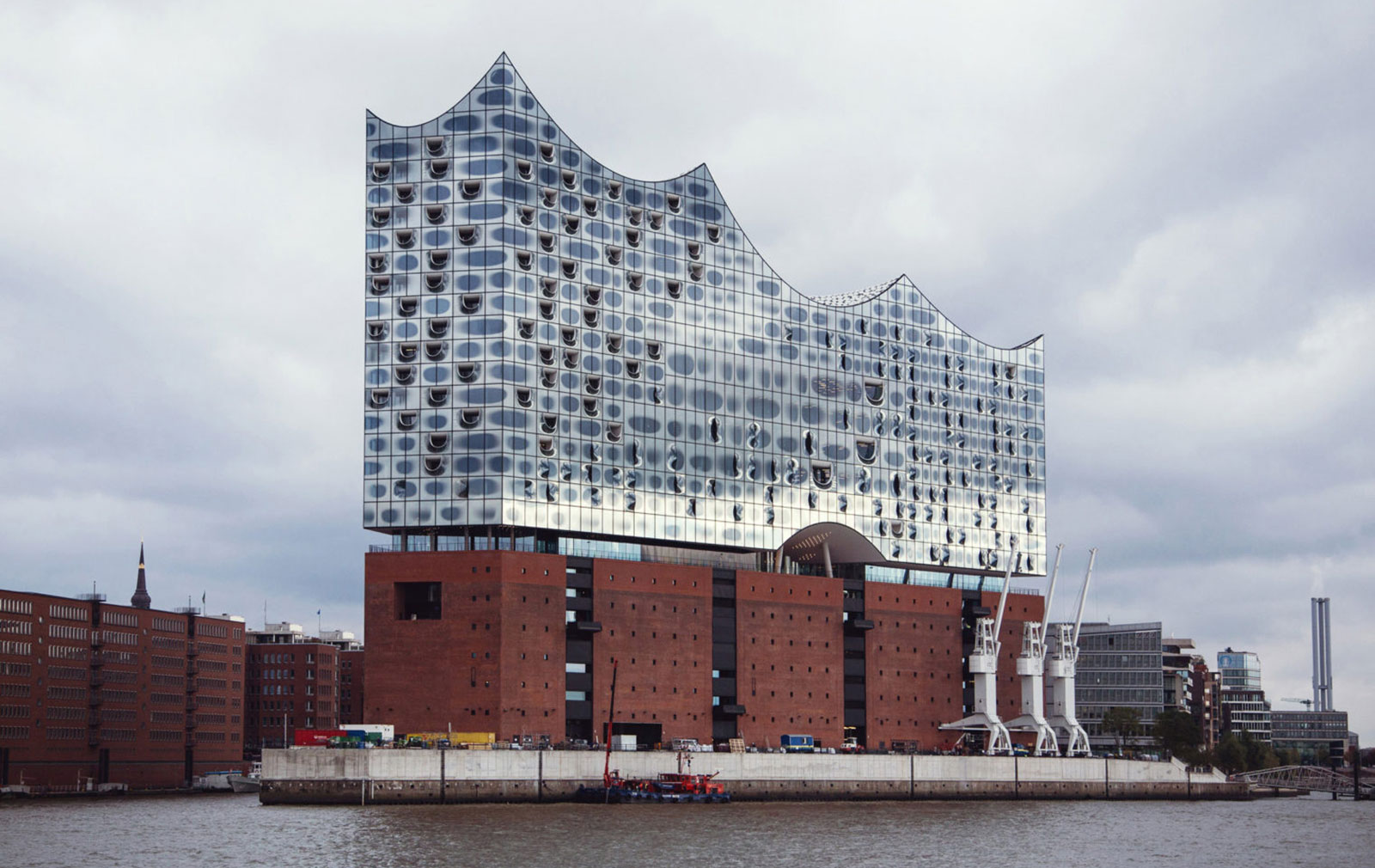
As cities expand and societies evolve, architecture has risen beyond being just about design and structure. It is an embodiment of our cultural values, technological advancements, and socio-economic trends, reflecting and shaping our world in myriad ways. Understanding how architectural trends influence our lives, cities, and the planet can help us appreciate the profound impact this art has on us.
- Enhancing Sustainability
With increasing awareness about climate change and the urgency of sustainable practices, ‘green’ architecture has emerged as a dominant trend. Designers are shifting towards environmentally-friendly practices, utilizing renewable energy sources like solar panels and wind turbines, and integrating natural elements into structures. Green roofs, energy-efficient appliances, and sustainable materials are becoming common features. This trend not only helps reduce the environmental footprint of buildings but also promotes healthier living spaces.

- The Impact of Technology
Technology has left an indelible mark on the architecture world. Advances in digital design tools and construction technologies have revolutionized architectural design, allowing architects to explore complex geometries and structures. Furthermore, smart buildings, integrated with Internet of Things (IoT) devices, automate various aspects like lighting, temperature, and security, creating more comfortable and energy-efficient environments. The incorporation of augmented reality (AR) and virtual reality (VR) in architectural visualization is transforming the way architects present and develop projects.

- Creating Social Cohesion
Architecture plays a critical role in building community cohesion. Modern trends are focused on designing public spaces like parks, pedestrian-friendly streets, and common areas to encourage interaction and create a sense of community. Inclusionary architecture, which makes spaces accessible for all, regardless of age, ability, or socio-economic background, is becoming more prevalent. This shift in design philosophy contributes to social inclusivity and equality.
- Urbanization and Vertical Expansion
As urban populations continue to grow, architects are tackling the issue of limited space by designing upward. Skyscrapers and high-rise residential buildings are more than just symbols of economic power; they are essential for accommodating increasing populations. Moreover, the concept of vertical farming and green walls in urban areas is gaining traction, which not only saves space but also contributes to sustainability.
- Historical Preservation
Another significant trend is the emphasis on preserving and adapting historical architecture. These structures serve as tangible connections to our past, holding cultural and historical significance. Restoration and adaptive reuse of old buildings not only preserves the architectural heritage but also offers a sustainable alternative to new construction. It encourages the efficient use of resources, maintaining a balance between modernity and tradition.

Historical preservation allows us to save and repurpose buildings of architectural, historical, or cultural significance. When these buildings are preserved, they serve as an essential link to our past, offering insights into different periods of history, architectural styles, cultural values, and societal trends. The preserved structures create a sense of continuity, connecting the past with the present, and providing cities with a unique identity.
Adaptive reuse, a sub-trend within historical preservation, is the practice of repurposing buildings for uses other than what they were designed for. This could involve transforming a disused factory into a modern office space, or converting a historic home into a boutique hotel. Adaptive reuse provides the dual benefits of preserving historical architecture and responding to modern needs. It’s a sustainable choice, reducing the demand for new construction materials and minimizing waste.
- Resilient Architecture
In response to the growing threats of natural disasters and the effects of climate change, architects are designing buildings to withstand harsh conditions. This concept, known as resilient architecture, includes elements like flood-proof foundations, fire-resistant materials, and designs that can withstand high winds. These efforts can help mitigate the impact of disasters and potentially save lives.
Architecture does much more than provide shelter; it forms the backdrop of our lives, influences our behaviors, and reflects our values. It embodies the spirit of the times, while also anticipating future needs and trends. As we progress into the future, we can expect to see even more exciting architectural trends that will continue to shape our world in innovative and meaningful ways.

Submit your architectural projects
Follow these steps for submission your project. Submission FormLatest Posts
Coloring Your Year: Using Traditional Lunar New Year Hues to Transform Your Apartment Décor
Lunar New Year always brings a burst of color and energy, making...
Chandelier Light vs Ceiling Lights: Which Decorative Lighting Works Best for UAE Homes in Winter?
Winter in the UAE doesn’t arrive loudly. It doesn’t announce itself with...
Marketing for Architects: How Firms Are Getting More Clients Without Chasing Leads
Architectural marketing has changed in important ways. Referrals and reputation still matter,...
8 Innovative Apartment Design Ideas from the USA
Apartment design in the United States is rapidly evolving, with architects and...



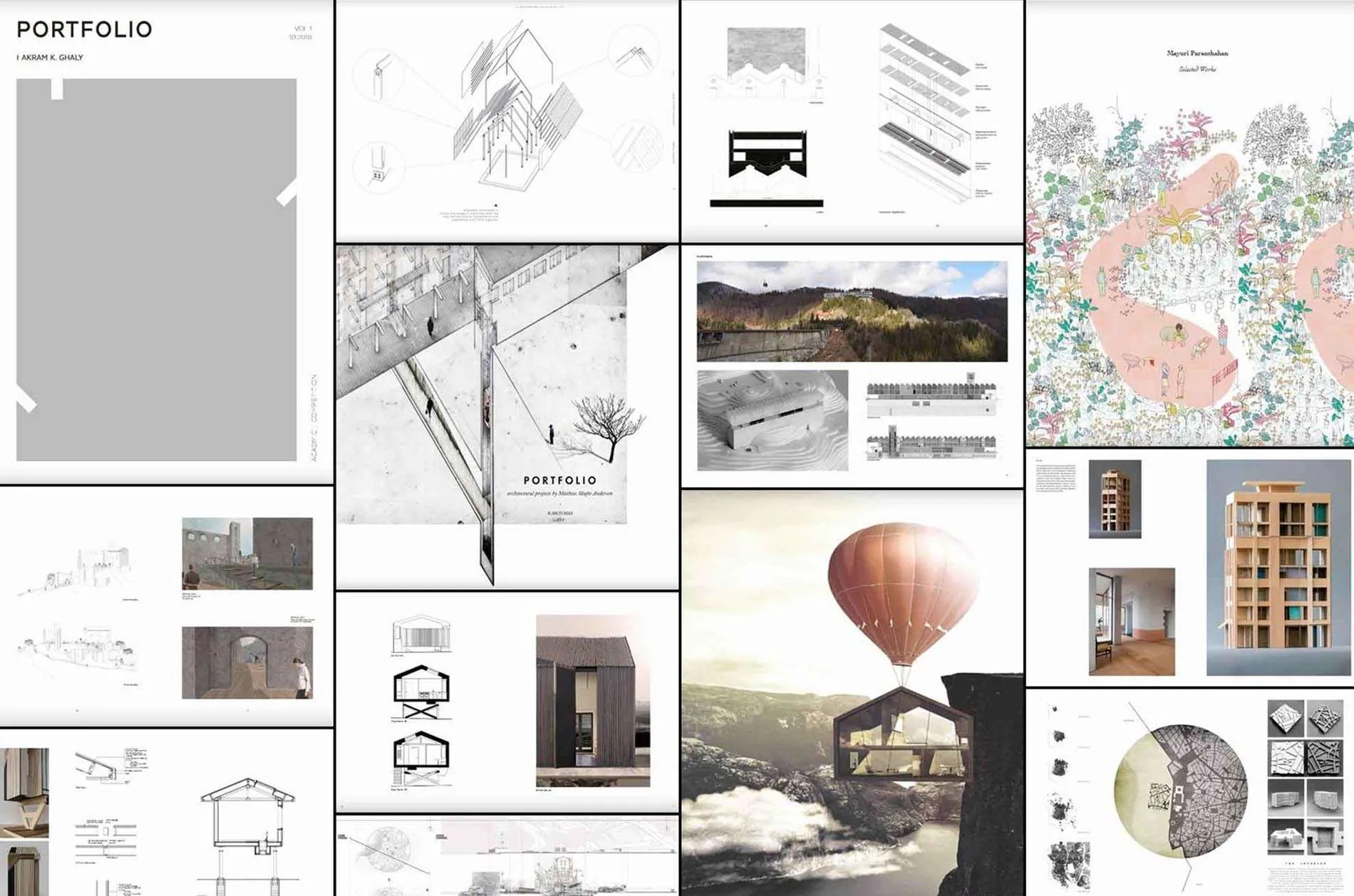

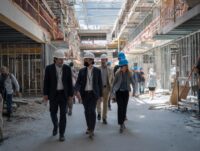
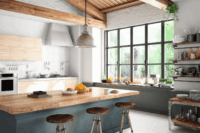



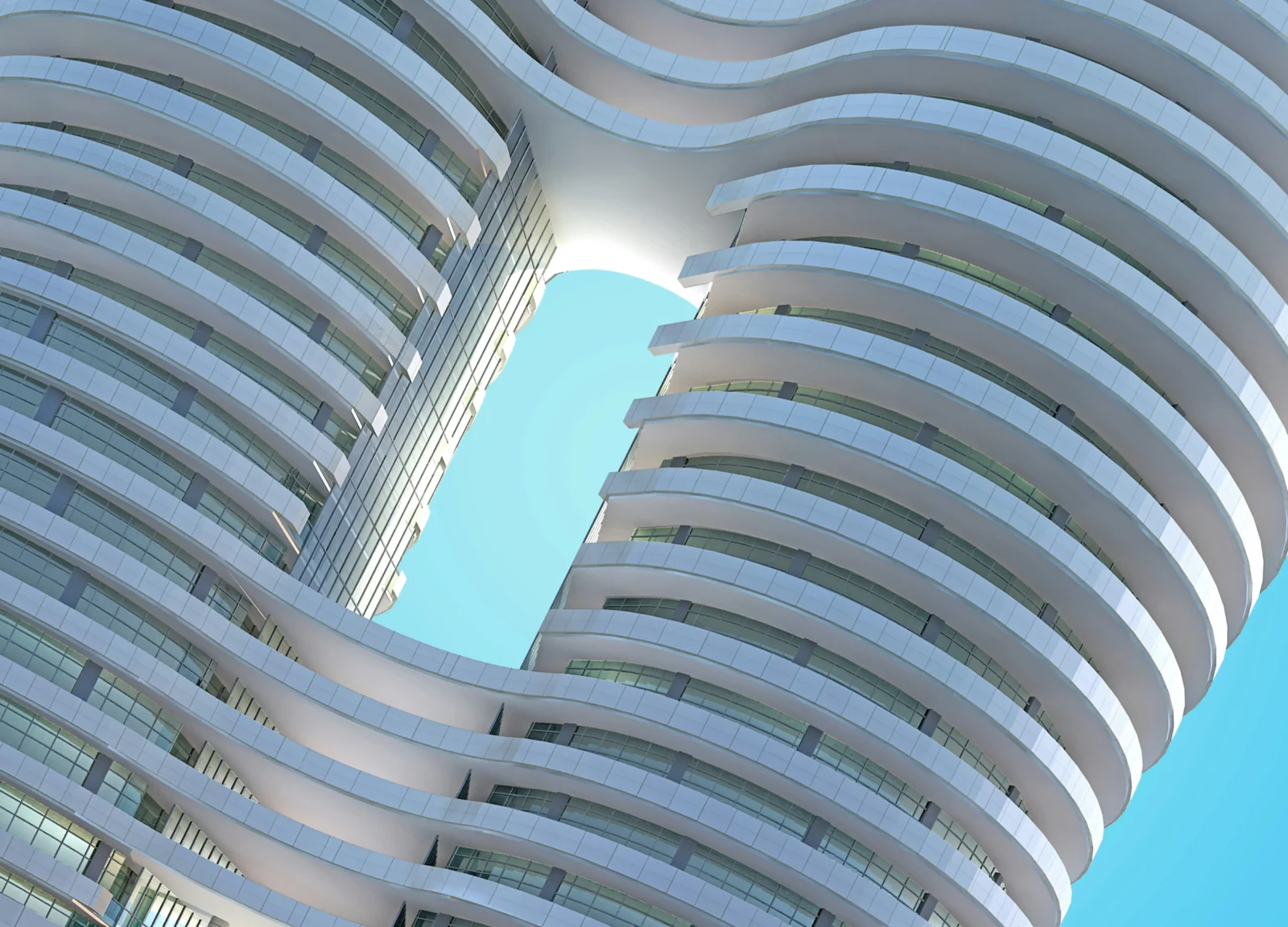

Leave a comment